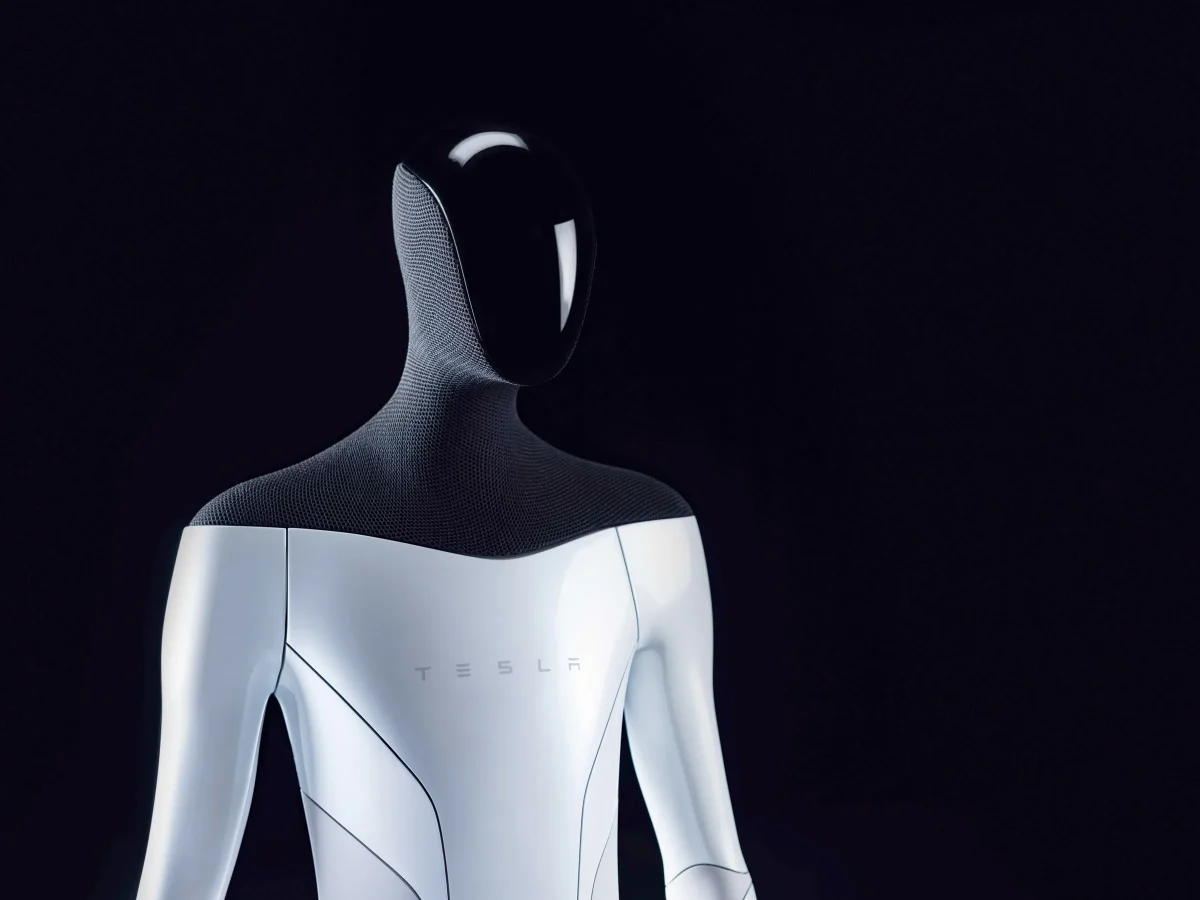Elon Musk’s presentation on the Tesla Bot concept at the Tesla AI day sparked many discussions regarding humanoid robots – specifically their feasibility and overall practicality (or perhaps lack thereof). For over 10 years, companies such as Boston Dynamics have been attempting to engineer robots that navigate their environments in a seamless fashion. The technological progression of Spot and Atlas (two of the company’s robots) has not only shown the challenges in building a robot itself, but the difficulties in making this robot perform tasks well.
The concept of the Tesla Bot is a humanoid robot that would replace the need to perform tasks that are “unsafe, repetitive, or boring” by taking advantage of AI and neural networks. There are several questions that come to mind as Elon Musk presents the concept of the Tesla Bot. What is an “unsafe” or “boring” task? How will Tesla engineer a robot that is suited to perform this ambiguous range of tasks without errors and more efficiently than a human? And how realistic are the expectations set for this robot considering the state of the robotics industry? Currently, it is almost impossible for a robot to creatively problem solve when faced with a scenario that deviates from the one it is familiar with. This makes the introduction of the Tesla Bot, especially in such a short amount of time and with little prior experience, an ambitious and fascinating move.
Aside from the overzealous aspect of creating such a robot, there are general impracticalities of having a robot in a humanoid form. To perfectly automate a task, it is much more beneficial to engineer a robot that is built to be specialised in performing this one task. The same could also be said when trying to automate a task with the goal of completing it in the safest way possible. In an ideal world, it would be much more efficient and logical to have every task automated in its own, most effective, way.
When the laundry machine was introduced, the goal was to build a machine that enabled individuals to conveniently wash and dry their clothes. The solution was not a humanoid form that mimicked the human way of washing clothes by hand. But rather, it was a laundry machine that looked far from human, but that was efficiently built around its function and washed clothes in a unique and much more effective way. The goal should not be to build a human robot that completes a task using some form of a machine. It should be to make the machine itself the robot. The Tesla Bot, although futuristic and exciting as an innovation, may sacrifice this aspect of specialization, as it will be bound by the constraints of its humanoid form.
Despite the above concerns, what the future holds in terms of the Tesla Bot is extremely interesting. A company the size of Tesla tapping into robotics could help accelerate and bring closer new breakthroughs in the industry. I am personally excited to see what the next year holds for Tesla and robotics.
– Aurora
References:
https://hackaday.io/page/1502-humanoid-robots-are-impractical
https://www.popularmechanics.com/science/a37416251/elon-musk-tesla-robot/
https://www.wired.com/story/tesla-bot-takes-tech-demos-to-their-logical-conclusion/


Great post Aurora! Personally I have not given much thought about robots being part of people’s daily life in the near future, and I haven’t been reading up on robotics in gerneral so it was great to get some insights into this world. Overall I do agree with you that currently robots and the way in which individuals and companies, such as Tesla, are building them is fundamentally flawed. I particularly liked the example of the washing machine, almost mocking how people are going about creating these robots. However, do you think that because of this, we will not see robots and perhaps, robotics as a whole, delevop at a fast pace in the near future? And lastly, do you think it will be possible for robots being part of people’s daily to become the norm, like we are slowly seeing with the latest release of the Amazon Astro?
Thank you for your comment Marco. I think that robotics is an industry which is extremely complex. The engineering process is highly complicated and this is what makes the implementation of robotics in our daily life so challenging. It is also what makes it difficult for companies to develop a successful robotics product. That being said, I believe robotics are already part of our life in some shape or form and they will only keep becoming more important. I also believe that as companies such as Tesla, despite their lack of expertise in this field, start pooling their resources and contributing to the industry, this will only accelerate the development process of robotics. With your second question, I do think they are becoming the norm and will continue to do so. The biggest obstacle to this is data privacy, and if companies are able to find a work around that or develop a product that makes it worth to sacrifice a bit of privacy, then this is when the product will become widely adopted (maybe this is what the flaw with the Amazon Astro is – people see its privacy issues more than its benefits).
– Aurora